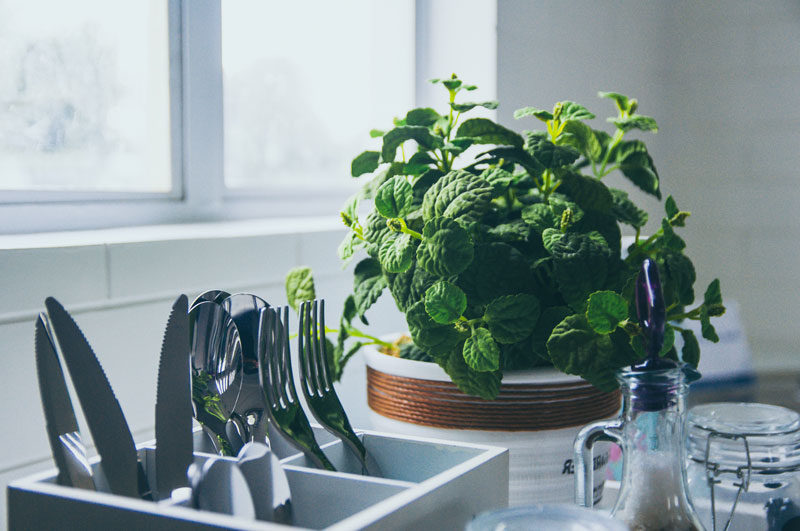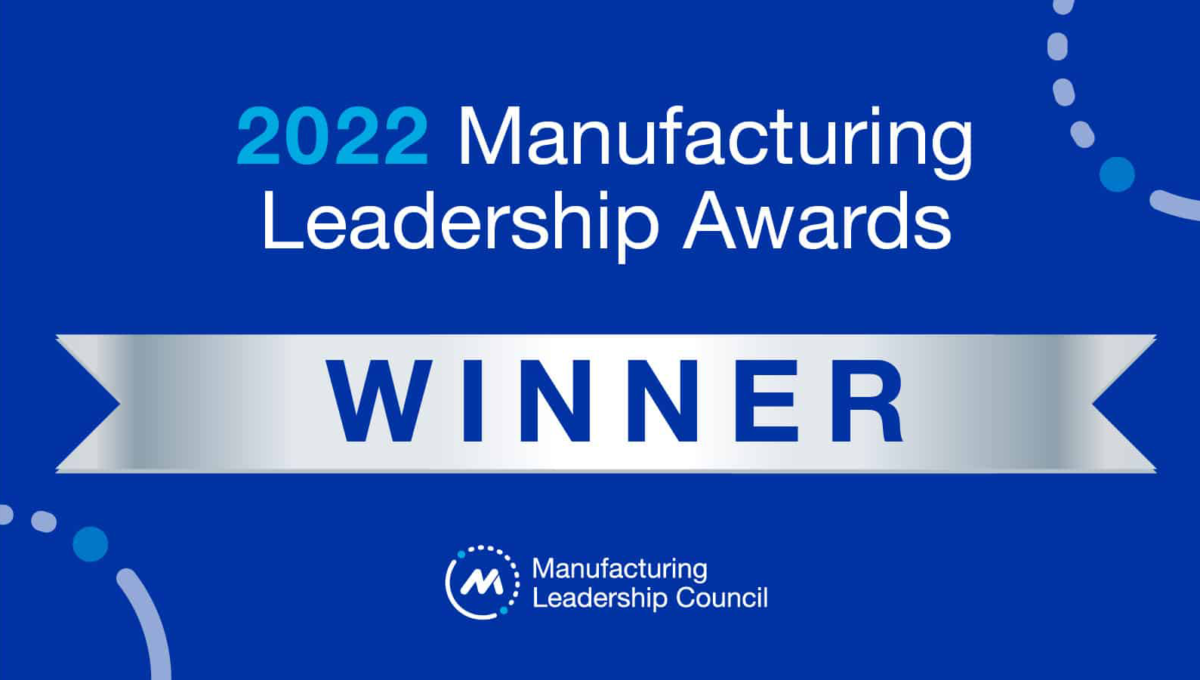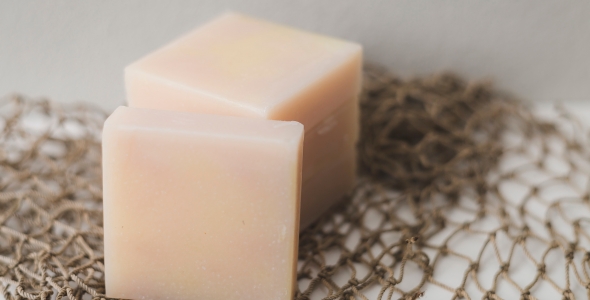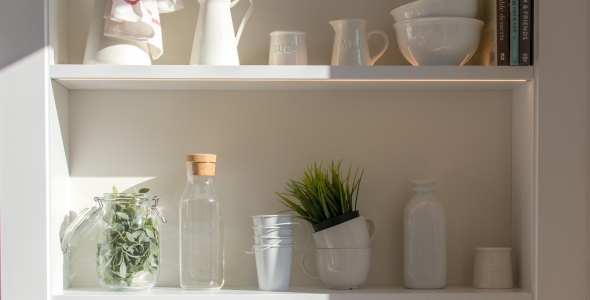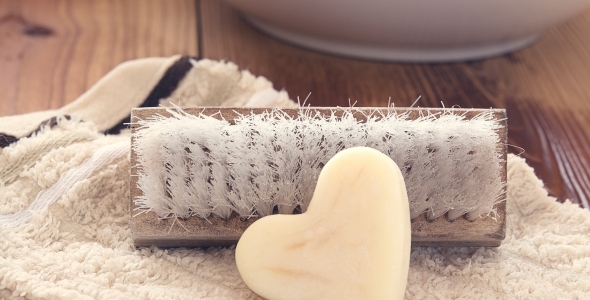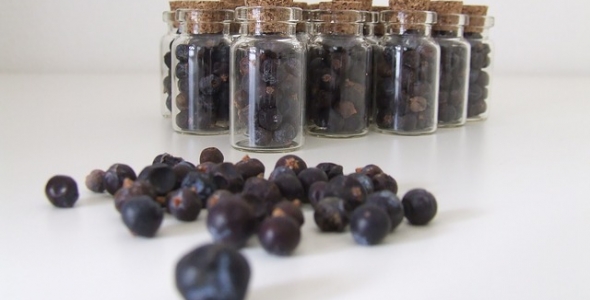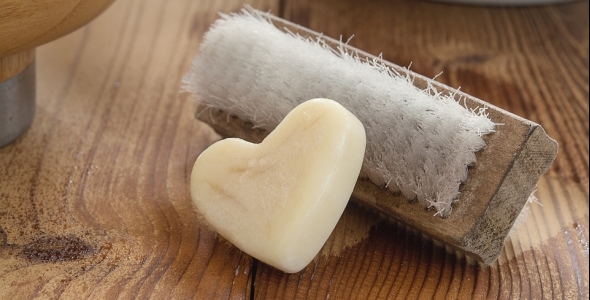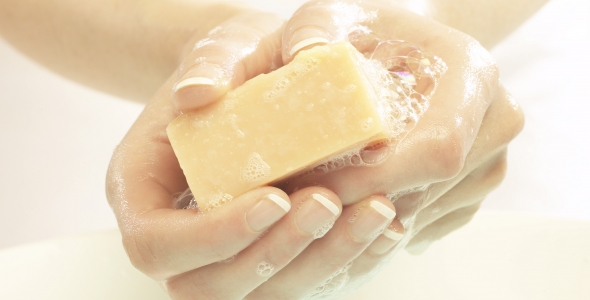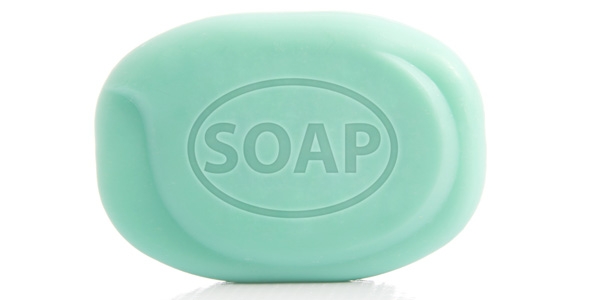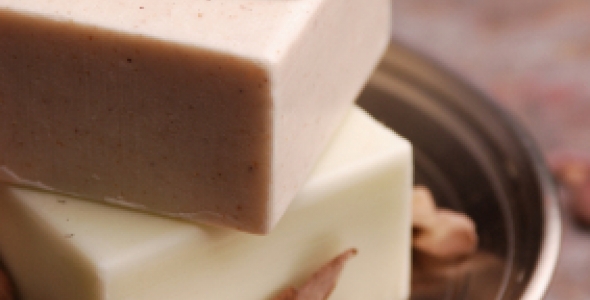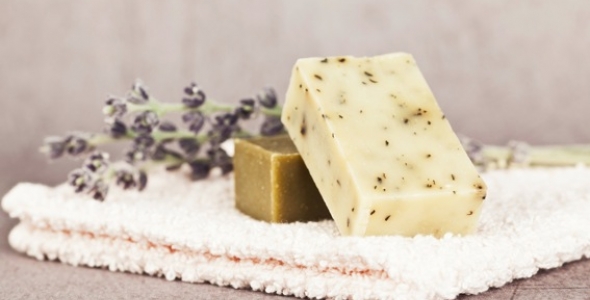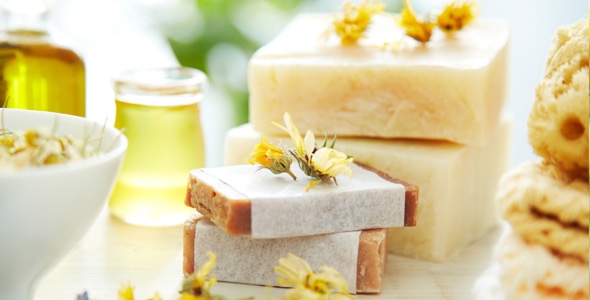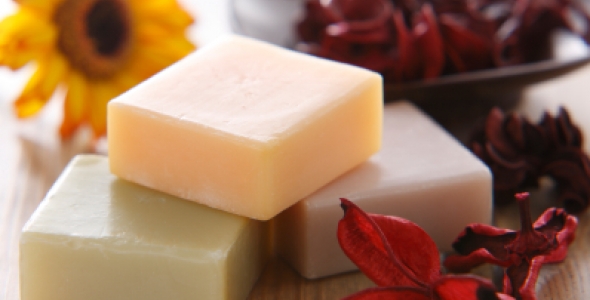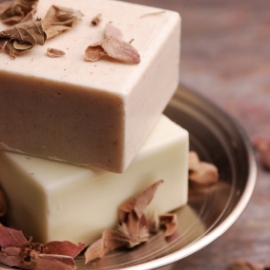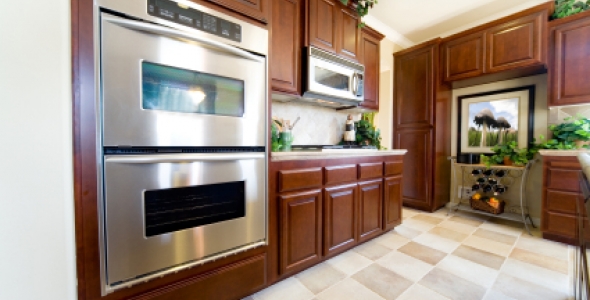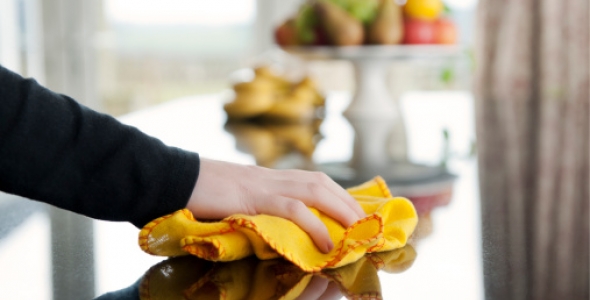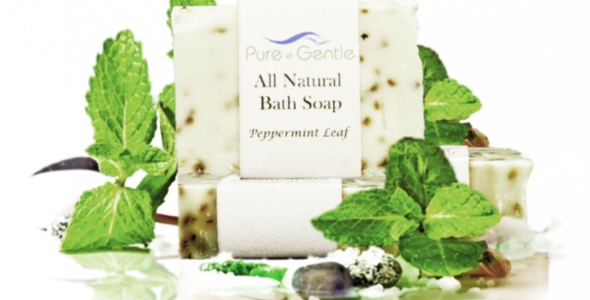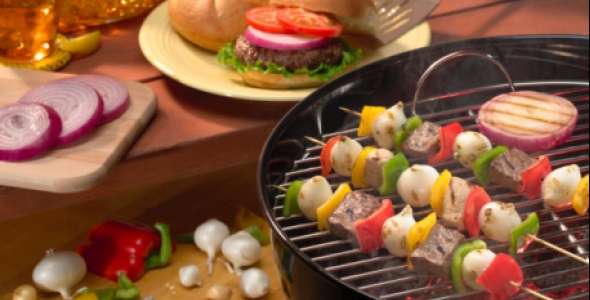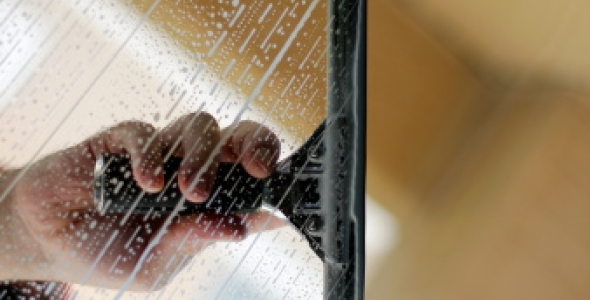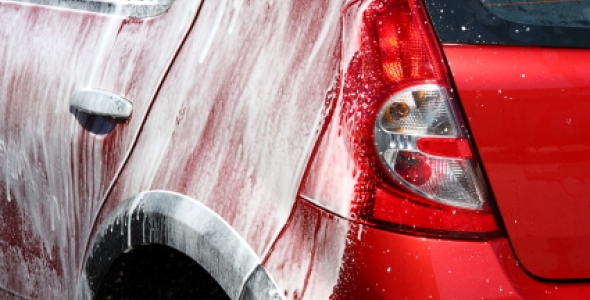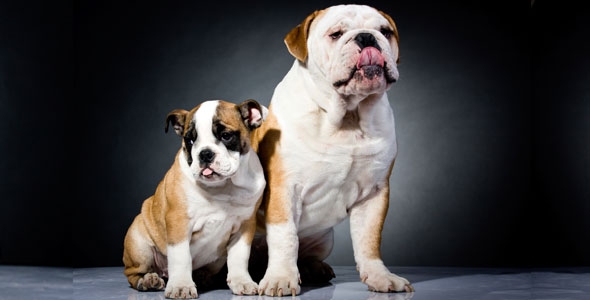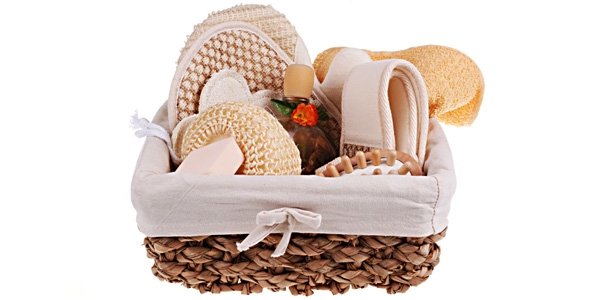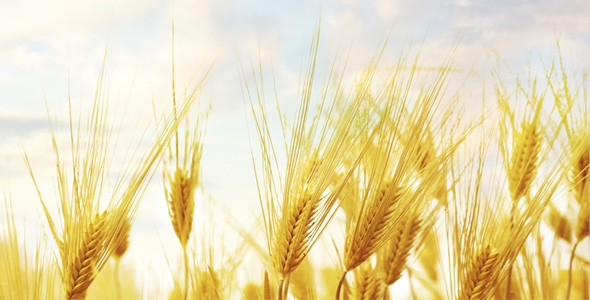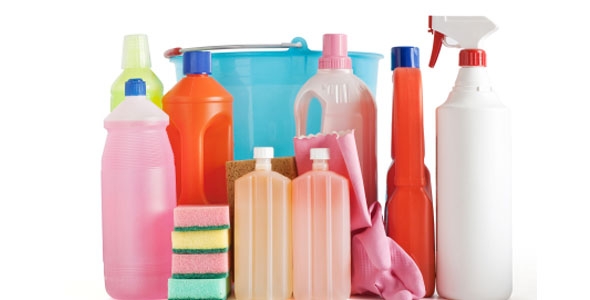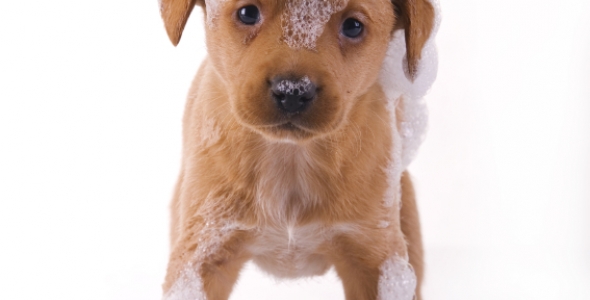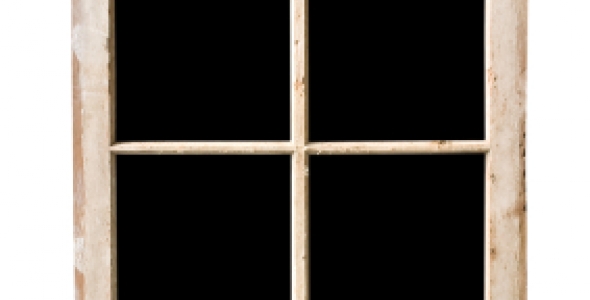Creating a healthier home environment is not just about aesthetics or comfort; it’s about promoting physical and mental well-being for you and your family. With the amount of time we spend in our homes, it’s essential to ensure that our living space is conducive to good health. Let’s look at some of the top 9 changes you can make to transform your home into a healthier and more harmonious space.
1. Improve Indoor Air Quality
Indoor air quality is crucial for maintaining good health. Invest in air purifiers, ensure proper ventilation, and regularly replace air filters to reduce allergens, pollutants, and toxins. Houseplants like spider plants, snake plants, and aloe vera can also help purify the air.
2. Control Humidity
Maintaining the right level of humidity is crucial for a healthier home. High humidity can lead to mold growth while low humidity can cause respiratory issues. Use dehumidifiers or humidifiers to ensure that the humidity levels in your home are within a healthy range, typically between 30% and 50%.
3. Improve water quality
Countertop water pitcher filters are simply not as effective as other systems. They don’t remove hazardous contaminants like pesticides, trace pharmaceuticals, fluoride, bacteria, or viruses. Invest in a high-quality water purification system. Water filtration systems, including reverse osmosis (RO) systems, can remove common contaminants from water, including nitrates, pesticides, sulfates, fluoride, bacteria, pharmaceuticals, arsenic, and much more.
4. Reduce and Try to Eliminate Toxins
Many household products contain harmful chemicals that can negatively impact your health. Choose non-hazardous cleaning products, switch to low-VOC paints, reduce the use of single-use plastics, and invest in organic bedding and textiles to help minimize exposure to harmful substances. Start by removing dishwashers and laundry pods—they are full of harsh detergents and chemicals and a source of microplastics in our oceans and waterways. Also switch to all-natural multi-purpose cleaners and dish soaps—they’re just as effective and smell so much better. Air fresheners are also a hazard to avoid. For those who are sensitive, air fresheners can contribute to migraine headaches, are filled with endocrine-disrupting chemicals (EDCs), and phthalates. Switch to an all-natural air neutralizer instead. Instead of covering up odors, all-natural air neutralizers remove bad smells from your home using special enzymes that naturally neutralize odor.
5. Create a Relaxing Space
Stress can have a significant impact on overall well-being. Design your home to be a peaceful and relaxing space. Consider incorporating elements of nature, like natural wood and stone, and using soothing colors to create a calming ambiance. A clutter-free environment also reduces stress and enhances mental clarity.
6. Upgrade Your Cookware
Upgrading your kitchen and cookware is a great way to enhance your health and well-being, and there are several ways to accomplish this goal. Start with an easy choice and remove plastic food storage bags, replacing them with reusable silicone bags. Plastic storage bags are made with petrochemical products that have unknown effects on the body and endocrine system. Then do the same with your plastic dinnerware and containerware. Exposure to microplastics and petrochemical products increases the risk of endocrine disruption and hormonal imbalance. Switch to stoneware and glassware instead. These healthier options are non-reactive and don’t leech chemicals into your food. They might be more expensive than plasticware but stoneware and glass containerware last longer, are sturdier, don’t stain, and are easy swaps to make for your health.
Also be sure to replace any Teflon-coated pans still lurking in your cabinets. Teflon contains PFAs, also known as “forever chemicals.” Once PFAs are in your body, they break down extremely slowly over time, and scientific studies show that exposure may be linked to harmful health effects in both humans and animals. There are numerous healthy cookware options, depending on your budget. Ceramic-coated pans allow for even heat transfer without sticking and can be cleaned with regular soap and water. Stainless steel and copper are also both excellent options and are typically preferred by professionals, though also more expensive. And don’t forget traditional cast iron. Cast iron cookware has been around for hundreds of years, and a seasoned cast iron pan can be passed down for generations and add a delicious flavor to meals. And don’t forget about your utensils. Switch to stainless steel and avoid plastic. Stainless steel is non-hazardous, non-reactive, and easy to clean. Silicone and wood are also healthy budget-friendly alternatives, though wood requires more cleaning and maintenance. If you own wood cooking utensils, it’s important to boil them in hot water to ensure that they’re properly cleaned, then periodically oiled with natural wood oil.
7. Improve Your Nutrition
There are many dietary recommendations out there, but we all know a few solid facts that work. Eat high-quality, nutritionally dense foods. Eat a variety of plants and avoid pesticides and highly processed foods. Limit sugar, avoid refined, inflammatory foods, and enjoy high-quality proteins in moderation. Good nutrition and diet can be fun so try a few dietary approaches to see what works best for your body and lifestyle.
8. Enhance Natural Light
Natural light has been shown to boost mood and productivity while regulating the body’s circadian rhythms. Maximize natural light in your home by using light-colored window treatments, positioning mirrors strategically to reflect light, and considering light tubes or skylights for areas with limited access to sunlight.
9. Promote a Healthy Sleep Environment
Quality sleep is crucial for maintaining good health. Create a sleep-conducive environment by investing in a comfortable mattress and pillows. Keep the bedroom dark with light-blocking draperies, quiet, and maintain a cooler temperature. Remove electronics from your bedroom if possible, switch to the “do not disturb” setting on your phone during nighttime hours, reduce screentime before bedtime to reduce exposure to blue light (try reading on a book or non-blue light device instead), and establish a regular sleep schedule to help improve the quality of your sleep.
Your home is more than just a place to live—it’s a space where your physical and mental health can thrive. By making these improvements to your living environment, you can create a healthier, more harmonious life. Start implementing these changes today and enjoy the benefits of a healthier home environment. Tell us in the comments: what additional changes would you suggest?
